Fall in Love With These Autumn Fruits Currently in Season
Here's the truth: Fruit just tastes better (and is healthier for you and the environment) when consumed during the correct season. Yet it can be hard for us to know what’s in season in Beijing, given that so much food is imported from nearby regions and countries. Here, we guide you through which fruits to look out for at your local market so that you can munch on the best Beijing has to offer.
Figs (无花果 wúhuāguǒ)
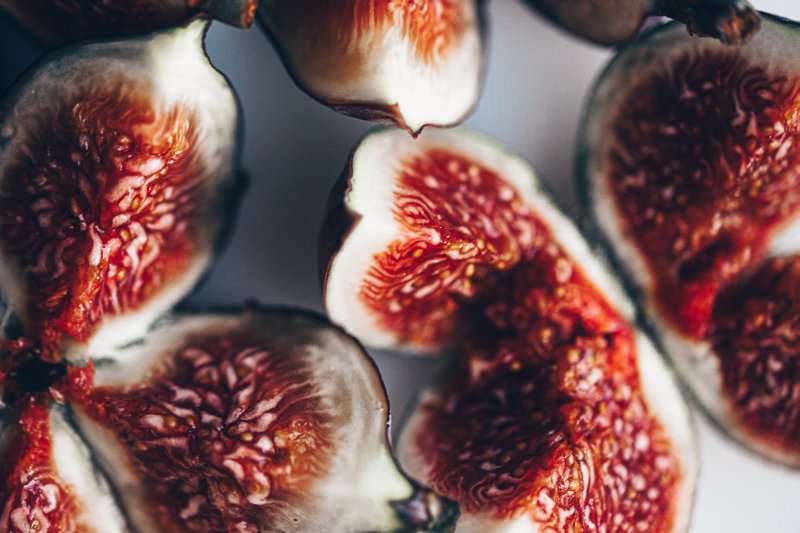
Native to the Middle East and Western Asia, figs not only taste great but are also a popular ornamental garden fixture, which has contributed to their increasing popularity worldwide. Figs belong to the mulberry family, taste very sweet during their peak season and are rich in vitamins, minerals, carbohydrates and protein.
Jujube/Chinese Dates (大枣 dà zǎo)

As one of the fabled Five Fruits (五果 wǔ guǒ), jujube, also known as the Chinese dates or red dates, have a very long history in China, going back more than 8,000 years.
In the West, dates are almost always sold dried, but here you'll easily find fresh jujube on offer from local markets and street vendors. They range from light yellow to dark brown in color, depending on the variety. Jujube are very popular in China partly because of their sweet and crisp taste, and also because people believe that their high levels of fiber and antioxidants ward against the effects of aging. Just be aware: Eating too many dates in one sitting can cause flatulence, so proceed with caution.
Pomelos (柚子 yòuzi)
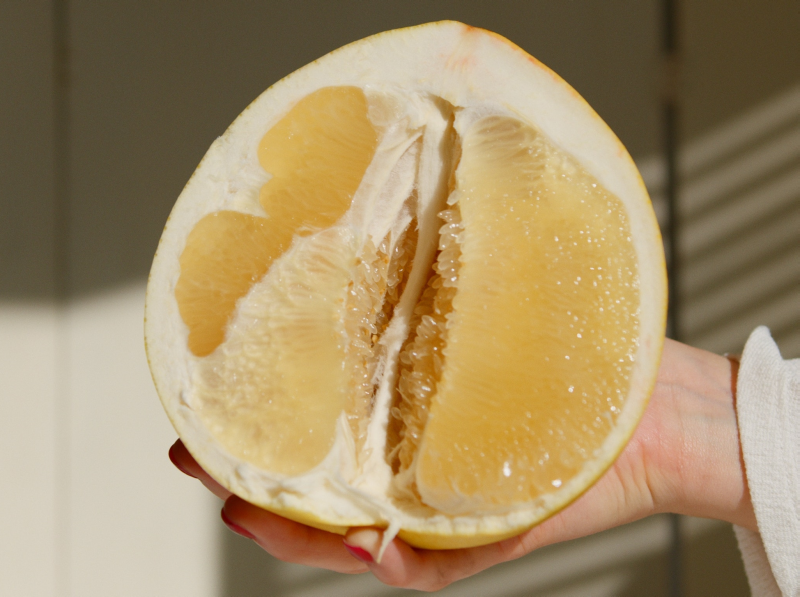
The pomelo has one of the highest water contents of any fruit, as high as 92 percent. It is also rich in vitamins A and C, fiber, and it is very low in calories, which makes it helpful for lowering blood pressure and controlling blood sugar. Pomelos are usually available in two different varieties, white and red, with the latter coming with both a higher nutritional value and price tag.
Pomegranate (石榴 shíliú)
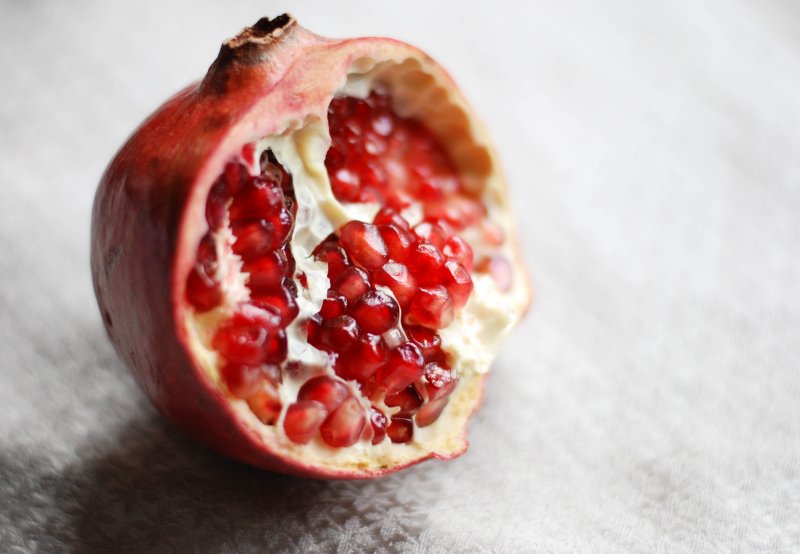
Usually available from late September, pomegranates are one of our favorite cool-season fruits. The sweet juice contained in the pomegranate seed aril (sac) is high in fiber and vitamin C, both of which are very helpful in preventing constipation, lowering cholesterol levels and regulating glucose levels. Pair pomegranate with green leafy vegetables to increase calcium absorption.
Persimmon (柿子 shìzi)
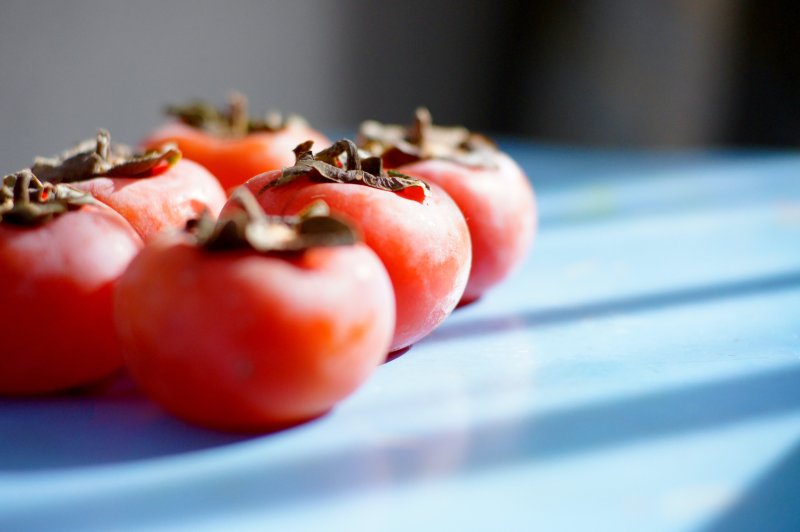
While there are many different varieties of persimmons, the ones you'll most commonly find in Beijing are the round reddish, squat fuyu ones, which differ from other varieties as they can be eaten when they are still firm.. A typical Northern fruit, they’re rich in nutrients like sucrose, glucose, carotene and vitamins. The best time for persimmons is from late September to early November.
Kiwi Fruit (猕猴桃 míhóutáo)
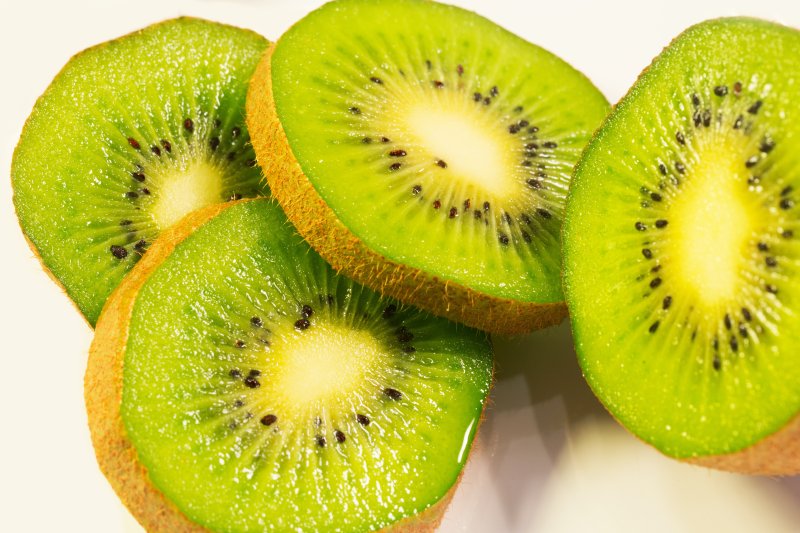
Ripe from early September to early November, kiwi fruit are highly popular not only due to their delicious flavor but also thanks to their abundant nutritional assets. The kiwi fruit is rich in fiber, vitamins C and E and antioxidants, which contribute to healthy skin, and the flavonoid-rich compounds help promote the absorption of iron in the body, boost immunity and aid digestion.
READ: Know Your Teas: A Full and Leafy Spectrum of Cuppas
Photos: Unsplash, Pexels, Canva



